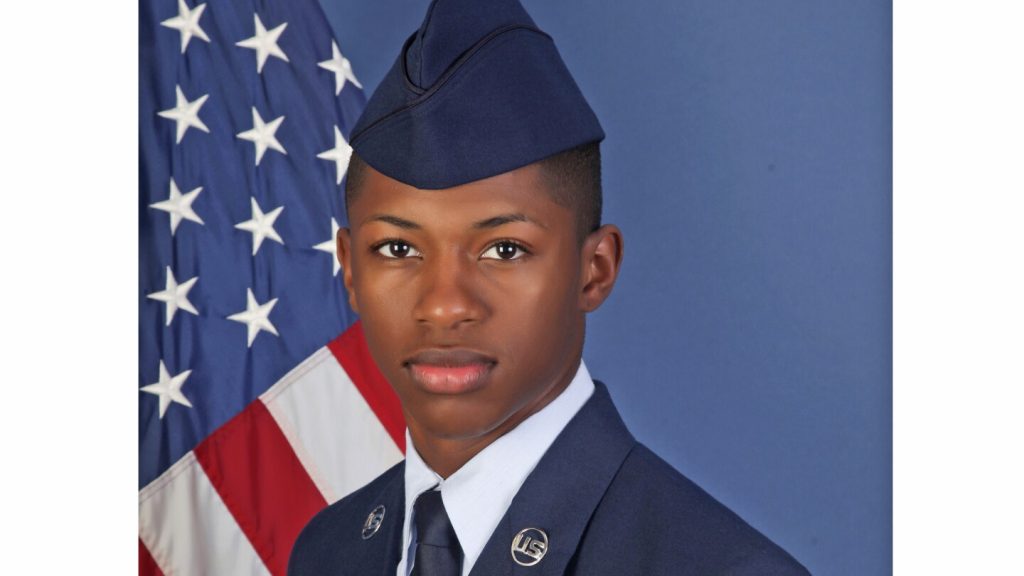The fatal shooting of Roger Fortson by a Florida sheriff’s deputy has raised questions and concerns about the circumstances surrounding the incident. Fortson, a 23-year-old Air Force senior airman, was shot and killed by the deputy when he opened his door armed with a handgun pointed down. The deputy’s name has not been released, and it is unclear why he was directed to Fortson’s apartment in the first place. The Florida Department of Law Enforcement is conducting an investigation into the shooting, but details are limited due to the ongoing probe.
Fortson, who was Black, had no criminal record, and there is no evidence to suggest he was involved in the disturbance that led to the deputy being called to the apartment complex. Fortson’s girlfriend has stated that they were having a normal video conversation when the deputy began pounding on the door. The family’s attorney, Ben Crump, has called the shooting “an unjustifiable killing,” while Congressman Matt Gaetz has voiced support for Fortson, stating that he did nothing wrong. The lack of clarity and transparency surrounding the case has led to public outrage and demands for answers.
Key issues surrounding the case include why the deputy was at Fortson’s apartment in the first place. A call from a resident reporting a loud argument led to the deputy being dispatched to the scene, but Fortson was home alone at the time. Questions have been raised about whether the deputy was directed to the wrong apartment, as Fortson lived alone and had no visitors at the time of the shooting. The lack of previous police calls to Fortson’s apartment further complicates the situation, with concerns that law enforcement may have been responding to the wrong location.
Details of what happened when the deputy arrived at Fortson’s door have also come under scrutiny. The body camera footage shows the deputy pounding on the door without identifying himself, leading to Fortson opening the door with his legally purchased gun in his hand. The deputy immediately began firing, causing Fortson to fall backward. Only after the shooting did the deputy instruct Fortson to drop the gun, indicating a lack of clear communication and escalation procedures in the encounter. Fortson later died at the hospital, sparking further outrage and demands for accountability.
In the aftermath of the shooting, the sheriff’s office issued a brief statement claiming that the deputy had reacted in self-defense after encountering an armed individual. However, the circumstances presented in the body camera footage do not fully support this narrative. The shooting gained national attention after Fortson’s family questioned the events leading to his death and hired legal representation. The community and Fortson’s fellow airmen have rallied around his memory, with hundreds attending his funeral and honoring his service as a special missions aviator on an AC-130J Ghostrider gunship.
The lack of transparency, conflicting accounts, and unanswered questions surrounding the shooting of Roger Fortson have sparked a national conversation about police accountability and the need for reform in law enforcement practices. Calls for justice and answers continue to grow as the investigation into Fortson’s death unfolds. The case has highlighted the systemic issues of racial bias and excessive use of force within law enforcement agencies, prompting further scrutiny and demands for accountability in cases of police-involved shootings.


